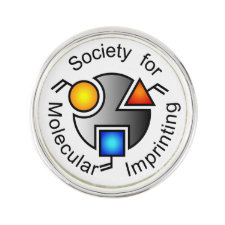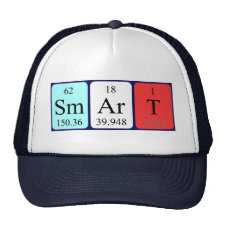
Authors: Dong ZH, Zeng JX, Zhou H, Lv CQ, Ma YC, Zeng JH
Article Title: Selective removal of tungstate anions from aqueous solutions by surface anion-imprinted ceramic membranes.
Publication date: 2019
Journal: Journal of Chemical Technology & Biotechnology
Volume: 94
Issue: (3)
Page numbers: 942-954.
DOI: 10.1002/jctb.5843
Abstract: BACKGROUND It is significantly important to develop new technologies and materials for removal of tungstate anions (W(VI)) from aqueous solutions. An ion imprinted membrane not only possesses all virtues of a separation membrane, but also has tailor-made recognition sites. In this work, a novel surface anion-imprinted ceramic membrane (IIP-PEI/CM) was fabricated to remove W(VI) selectively from aqueous solutions. RESULTS FT-IR, XPS, TGA, SEM, streaming potential, pore size distribution and water flux confirmed the successful fabrication of IIP-PEI/CM. With increasing pH, binding capacities (Qe) of W(VI) onto IIP-PEI/CM and non-imprinted membrane (NIP-PEI/CM) rapidly decreased. At pH = 2.0, Qe values of IIP-PEI/CM and NIP-PEI/CM were 139.4 and 47.9 mg 100 g-1, respectively. Binding equilibrium was achieved within 3 min, showing an ultra-fast kinetic process. Compared with NIP-PEI/CM, IIP-PEI/CM had higher selectivity for W(VI) in the presence of Mo(VI) and Cr(VI) ions, and its selectivity coefficients for W(VI)/Mo(VI) and W(VI)/Cr(VI) were 15.47 and 19.74, respectively. During dynamic filtration, IIP-PEI/CM was effective and selective for removal of W(VI), and it had a good reusability. Protonated amine groups within PEI participated the uptake of W(VI) by electrostatic interactions. CONCLUSION IIP-PEI/CM showed ultrafast and selective binding of W(VI) anions, and has potential application for W(VI) removal/recovery from aqueous solutions. © 2018 Society of Chemical Industry
Template and target information: tungstate anions, W(VI)
Author keywords: Surface ion-imprinted, Ceramic membrane, tungstate(VI), ultrafast binding, Selective binding



Join the Society for Molecular Imprinting

New items RSS feed
Sign-up for e-mail updates:
Choose between receiving an occasional newsletter or more frequent e-mail alerts.
Click here to go to the sign-up page.
Is your name elemental or peptidic? Enter your name and find out by clicking either of the buttons below!
Other products you may like:
 MIPdatabase
MIPdatabase









